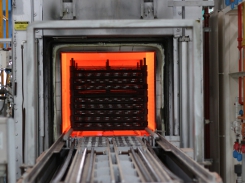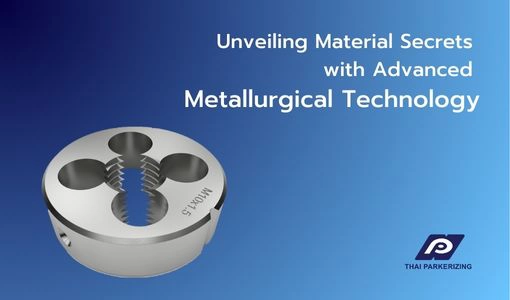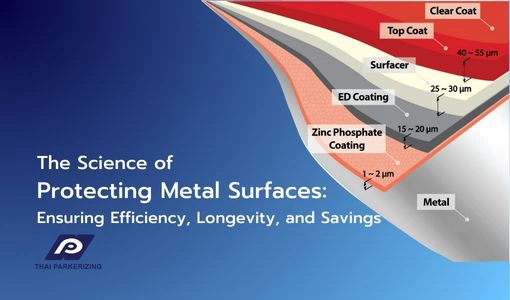- Corporate
- Chemical Products
- Chemical Controller
- Chemical for Paint Booth
- Coil Coating
- Degreasing and Cleaning chemical
- Heat&Cool exchanger (PLATECOIL)
- Hydrophilic
- Manganese Phosphate
- Nano-coating (Pallucid)
- Rolling Oil
- Rust Preventive Product
- Stearate Soap Lubricant/Dry-in-Place Lubricant (PULS)
- Trivalent Chromium/Non-Chromium
- Zinc Phosphate/Iron Phosphate
- Processing Services
- Laboratory Services
- Articles
- What's New
- Contact Us
- Privacy Policy
How important are the toughness and hardness of a material? What types of applications are they suitable for?
19 May 2022
In addition to functionality and appearance, toughness and hardness are critical material properties that should not be overlooked. Materials with suitable toughness and hardness levels can significantly improve the performance and lifespan of industrial machinery and equipment. They provide excellent resistance to scratching, abrasion, impact, torsion, compression, as well as the cutting and drilling forces encountered during manufacturing.
What is toughness and why is it important for materials?

Toughness is a combination of strength and ductility in a material. It is the material's ability to absorb energy without fracturing. A tough material can absorb and withstand a greater amount of force. Toughness is defined as the amount of energy per unit volume that a material can absorb before it ruptures. The higher the toughness of a material, the greater the load it can bear. Therefore, materials with high toughness are suitable for use in machinery or components that are subjected to high levels of compressive and impact forces on a continuous basis, reducing the risk of component failure.
What is hardness? And how important is it to materials?

Hardness is a measure of a material's resistance to localized plastic deformation, such as indentation or scratching, caused by mechanical forces. Materials with higher hardness typically exhibit greater resistance to wear and abrasion. This makes them ideal for applications in machining tools and components requiring dimensional stability, like fasteners, gears, and structural elements.
Gas heat treatment: A technique for enhancing the toughness and hardness of materials.
In cases where a material lacks sufficient hardness and requires enhancement without compromising its toughness, various methods can be employed to improve its overall strength and balance. One approach involves alloying the molten metal with specific elements during the melting process. Additionally, heat treatments such as gas carburizing and carbonitriding can be applied to enhance surface hardness, wear resistance, fatigue resistance, and tensile strength.
- Gas Carburizing This heat treatment process enhances the surface hardness of a material while preserving its core toughness. It involves heating the steel to a temperature between 850 and 940 degrees Celsius and introducing carbon atoms into the surface. Rapid cooling then hardens the surface. However, gas carburizing is limited to certain materials and cannot be applied to low-carbon steels like SPCC.
- Gas Carbonitriding Similar to gas carburizing, carbonitriding involves introducing both carbon and nitrogen atoms into the material's surface. However, it is conducted at a lower temperature range of 800 to 880 degrees Celsius. This process not only enhances surface hardness but also allows for the treatment of low-carbon steels like SPCC. Additionally, the lower processing temperature results in minimal dimensional changes and distortion of the workpiece.
Conclude
Toughness and hardness are key properties that determine a material's suitability for different applications. Tough materials excel at resisting impacts and loads, making them ideal for heavy-duty equipment. Hard materials, on the other hand, are resistant to wear and tear, making them suitable for components that require precise dimensions. When selecting materials for machinery or parts, always consider these properties to ensure optimal performance and durability.
Tag :









